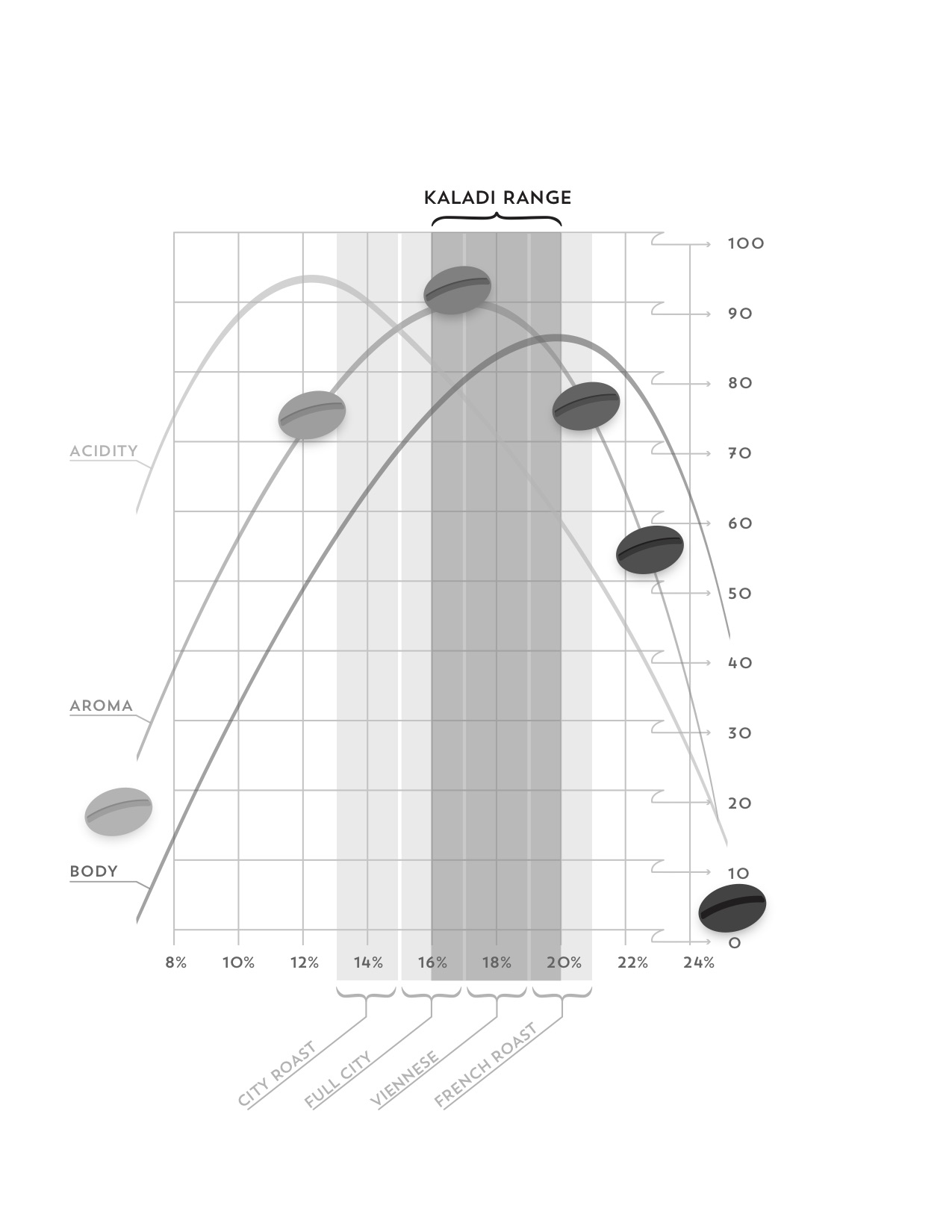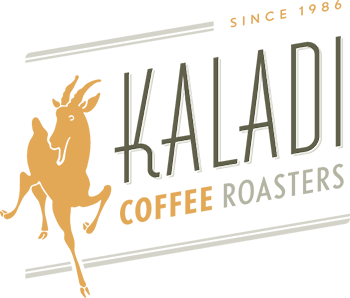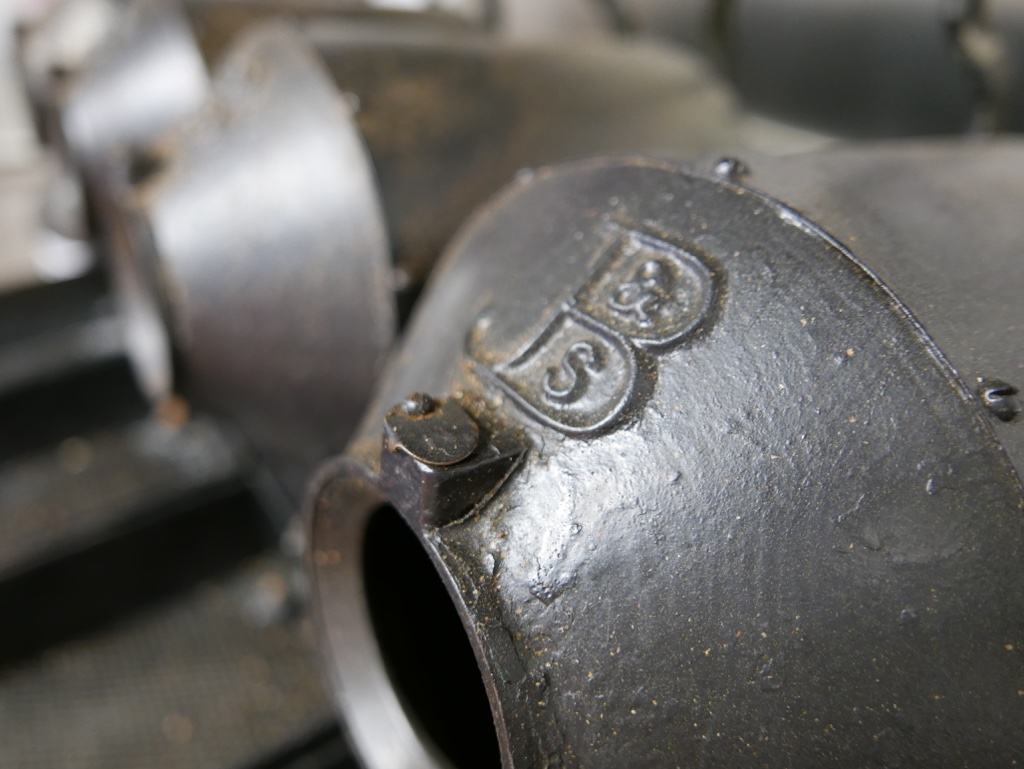It is often said that taste is subjective. While certainly true, it’s important to remember there is a difference between taste preferences and taste faults. For example, some people may like a very strong cup of coffee. In an effort to increase strength, they may use too much coffee for a particular brew method, resulting in an especially acidic flavor that taints the brew. Or, in an effort to save coffee, some people may grind the coffee too fine and create a flavor that is excessively bitter. In both cases, if the person continues to brew coffee in this manner, they soon identify this flavor as normal. Nevertheless, these flavors are taste faults and should not be confused with taste preference. One could have a preference for strong coffee and search out coffees that present such a characteristic, but using too much of this coffee, or grinding too fine, will result in a taste fault and taint the flavor profile of that particular coffee.
In a similar vein, there are preferences in roast profiles of coffee. Before the advent of what could be called the Specialty Coffee Revolution in America, the only coffee that was largely available was mass-marketed commercial canned coffees in grocery stores.These coffees were made up of low quality beans that were very light-roasted to minimize weight loss and further tainted by the introduction of pelletized chaff that contributed to a thin, acidic, flavorless cup. In reaction pioneering roasters such as Peet’s Coffee reintroduced darker, European style roasts using high quality coffee beans.These darker roasts proved immensely popular, especially with the rise of espresso-based beverages.
With the ubiquity of Starbucks, new roasting firms, in an effort to differentiate themselves, have returned to lighter roast coffees. Unlike the commercial, canned- coffee of the past, however, these firms seek out high quality coffee beans and present them in lighter roasts.While it is fashionable among aficionados to bemoan the perceived declining quality of industry giant Starbucks, to vilify a coffee solely based on roast profile would be an error.
 Within the range of roast possibilities of any given coffee, there exists under-roasting and over-roasting. Under roasted coffees are characterized as having a yeasty, cereal- like quality while over roasted coffee will display a fishy, carbon-like quality. Each of these flavors represent taste faults due to roasting similar to the taste faults due to brewing as mentioned above. However, within the range of light to dark roasts many profiles are available that may, by preference of the roaster, display favorable taste attributes.
Within the range of roast possibilities of any given coffee, there exists under-roasting and over-roasting. Under roasted coffees are characterized as having a yeasty, cereal- like quality while over roasted coffee will display a fishy, carbon-like quality. Each of these flavors represent taste faults due to roasting similar to the taste faults due to brewing as mentioned above. However, within the range of light to dark roasts many profiles are available that may, by preference of the roaster, display favorable taste attributes.
When deciding on the ideal roast for a coffee, we employ a method called roast profiling. Starting with a number of small samples of a coffee, we roast them at increasing degrees of roast temperature measured by weight loss. Coffee roasting is essentially a dry distillation process; as it roasts it loses moisture. Generally speaking, the higher the temperature a coffee bean reaches in a roast the greater the weight loss. Most commercial coffee is roasted within a range of weight loss of 12 to 24%.
Within this percentage is the roast range of a coffee. By cupping each sample, we can determine the flavor trajectory of a coffee.The moisture content of coffee corresponds to its relative acidity—the higher the moisture, the greater the acidity.The goal is to find a flavor profile that best represents the aromatic characteristics of the coffee while balancing the acidity of the coffee. With too light a roast, the acidic qualities will dominate the flavor, giving a sharp, lemon-rind quality; too dark a roast becomes over dominant, producing a pronounced fishy flavor. Some coffee’s aromatic characteristics favor a lighter roast, while for others, a darker roast is preferable. Once a general idea of the coffee’s characteristics is perceived, the roast can be fine tuned by incremental temperature adjustments in our Sivetz air-roasters.
Roast profile is often influenced by preferred style that may be individual or geographical. For example, in Italy the roast styles of coffee tend to be lighter in the north than in the south, not counting individual variations. So too, for many years in the U.S., East Coast coffees tended to be lighter roasted than West Coast coffees. Today, there is a common misconception that only light roast coffees are specialty coffees. These styles reflect preferences not quality. To suggest that one style is better than another is akin to suggesting that a particular beer brew style, such as an IPA, is the only marker of beer quality – all other brew styles reflect lower quality. Individual roasters may select a style of roasting that reflects their own preferences much as a brewmaster may specialize in a particular style of beer. The quality of a coffee is not dependent on a roast style, rather how well that style represents a particular coffee.
At Kaladi, the style of roast we prefer, Viennese, tends to be on the darker end of current trends while not as dark as historically West Coast coffees such as Peet’s or Starbucks. However, we select a specific roast profile that we believe best represents each coffee’s potential flavor profile.

